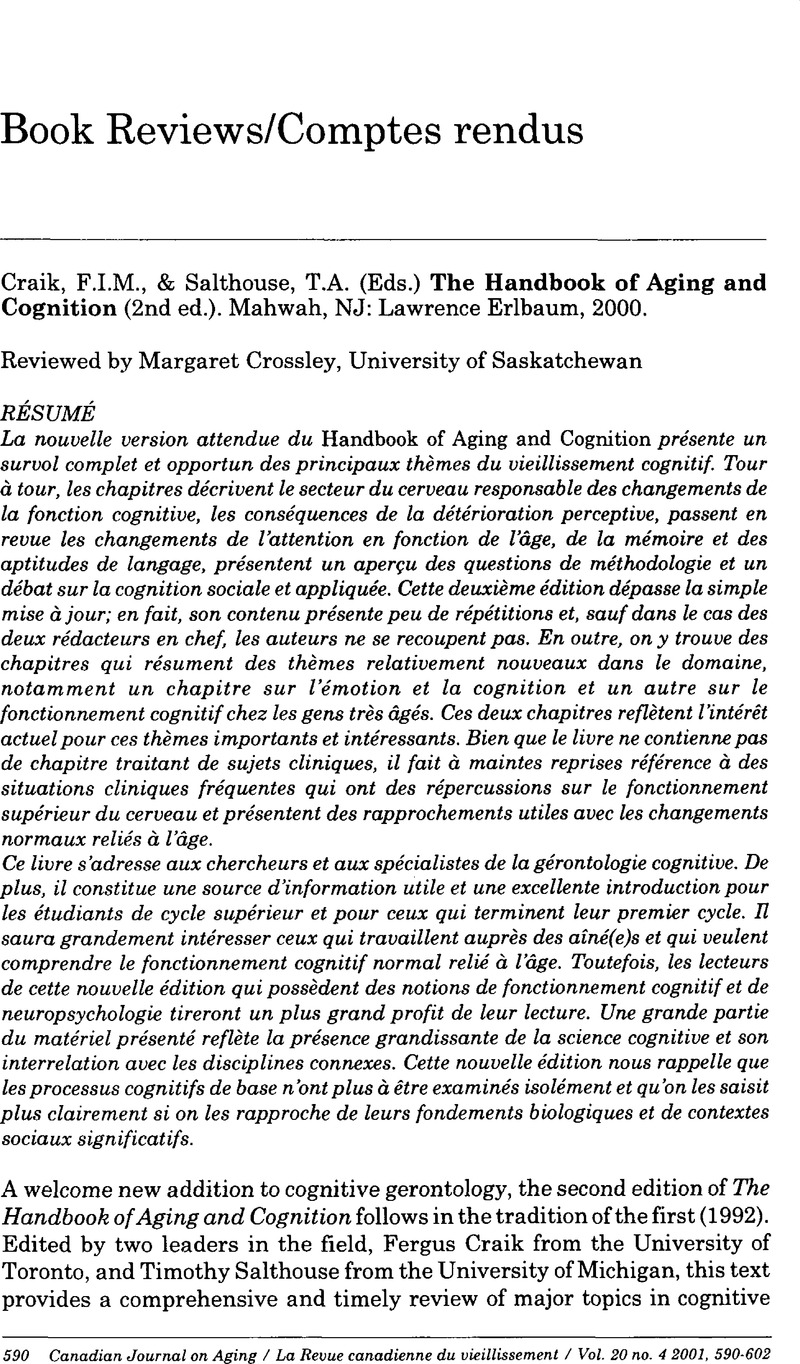Crossref Citations
This article has been cited by the following publications. This list is generated based on data provided by Crossref.
Eich, Teal S.
MacKay-Brandt, Anna
Stern, Yaakov
and
Gopher, Daniel
2016.
Age-Based Differences in Task Switching Are Moderated by Executive Control Demands.
The Journals of Gerontology Series B: Psychological Sciences and Social Sciences,
p.
gbw117.
Liebherr, Magnus
Antons, Stephanie
and
Brand, Matthias
2021.
Switching Between Attentional Demands – A Brief Report Comparing Findings from Younger and Older Adults.
Cognition, Brain, Behavior. An interdisciplinary journal,
Vol. 25,
Issue. 3,
p.
233.
Crăciun, Irina Catrinel
2023.
Fostering Development in Midlife and Older Age.
p.
99.
Crăciun, Irina Catrinel
2023.
Förderung der Entwicklung im mittleren und höheren Lebensalter.
p.
115.



